Top Things to Know Before Buying a Large Leaf Indoor Plant
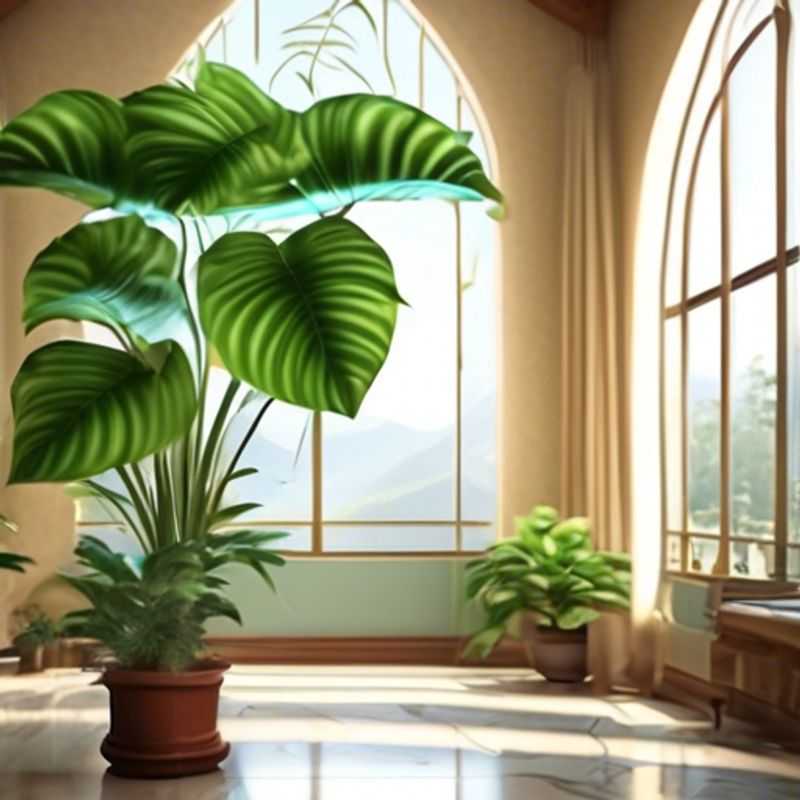
Top Things to Know Before Buying a Large Leaf Indoor Plant: A Guide for Plant Enthusiasts
Bringing a large-leaf indoor plant into your home can be a fantastic way to infuse your space with a touch of natural beauty and create a sense of calm and tranquility. But before you rush to the nearest plant shop, there are a few crucial factors to consider to ensure your leafy companion thrives in your environment.
First and foremost, understand the plants light requirements. Large-leaf plants often hail from tropical regions, so they thrive in bright, indirect light.
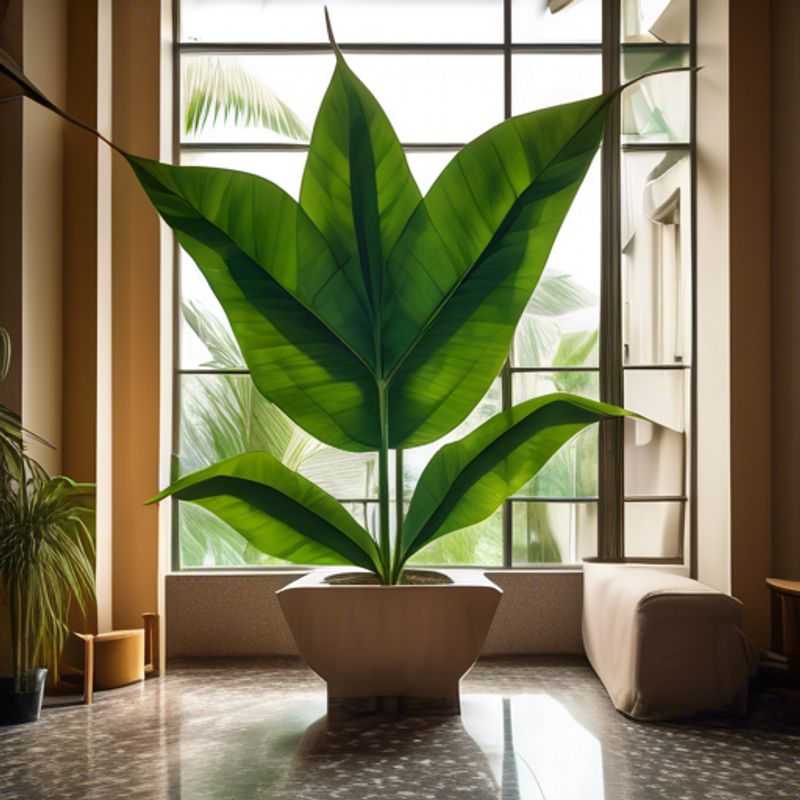
Unlocking the Secrets of Plant Light Requirements: A Guide to Thriving Greenery
Understanding plants' light requirements is crucial for successful gardening and plant care. Different plants have varying needs, categorized into three main types: full sun (6+ hours of direct sunlight), partial sun/shade (3-6 hours), and full shade (less than 3 hours). Knowing these categories helps in selecting the right plants for your environment.
When planning your garden, consider factors such as light intensity, duration, and quality of light. For instance, south-facing areas typically receive more light, while north-facing spots may have limited exposure. Additionally, reflective surfaces can enhance light availability, making it essential to analyze your garden layout.
In terms of paid activities, you might want to invest in light meters to measure the light levels in your garden accurately. Professional landscape consultation can also be beneficial for tailored advice. Furthermore, purchasing grow lights for indoor plants can help meet their light requirements if natural light is insufficient.
Remember, understanding your plants' light needs not only fosters healthy growth but also enhances the overall beauty of your garden. For those interested in delving deeper, a quick online search can provide further insights and specific plant recommendations.
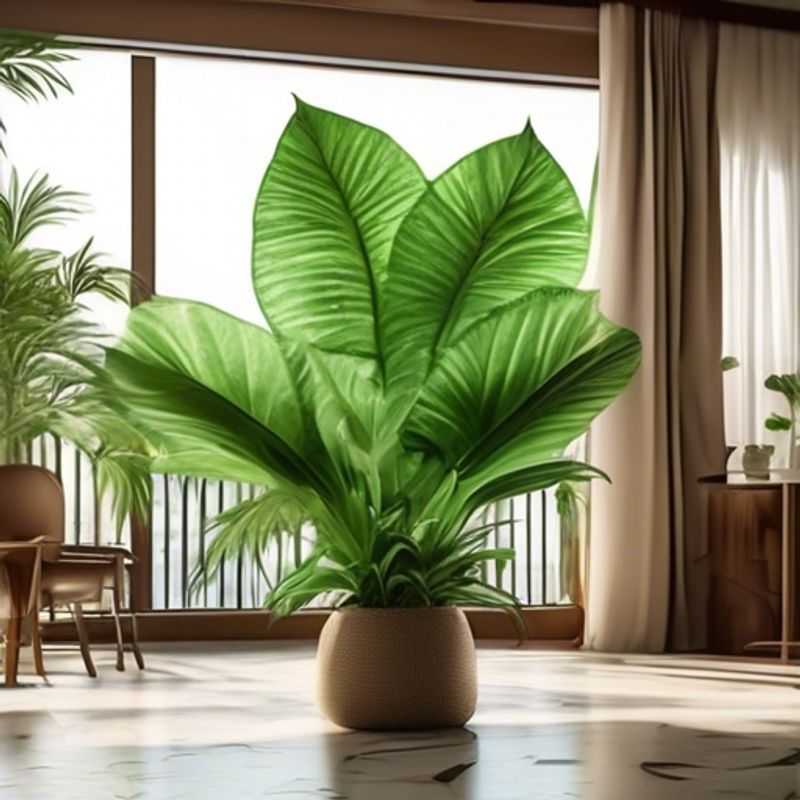
Understanding Your Plants' Thirst: A Guide to Watering Needs
Understanding a plant's watering needs is crucial for its health and longevity. It’s a delicate dance between providing enough moisture and preventing overwatering, which can lead to root rot. To start, research the specific species you're cultivating. Different plants have varying water requirements, influenced by factors like their natural habitat, leaf size, and growth rate. Consult a gardening guide or online resource for detailed information on your particular plant.
Consider the pot size and material. Smaller pots dry out quicker, while larger pots retain moisture for longer periods. Clay pots allow water to evaporate more rapidly, whereas plastic pots hold moisture for a longer duration. Assess the environment your plant is in. Warm, sunny locations promote faster evaporation, requiring more frequent watering. Cooler, shady areas require less frequent watering.
The soil plays a significant role. Well-draining soil prevents waterlogging. Feel the soil with your fingers; if the top inch feels dry, it's time to water. Avoid watering on a schedule. Instead, allow the soil to dry slightly between waterings. This encourages deeper root development and helps prevent root rot.
Deep watering is preferred. Saturate the soil thoroughly, allowing water to drain through the drainage holes. This ensures the roots receive adequate moisture. Overwatering can be just as detrimental as underwatering. It’s crucial to observe your plant’s signs. If you notice wilting, yellowing leaves, or stunted growth, adjust your watering schedule accordingly.
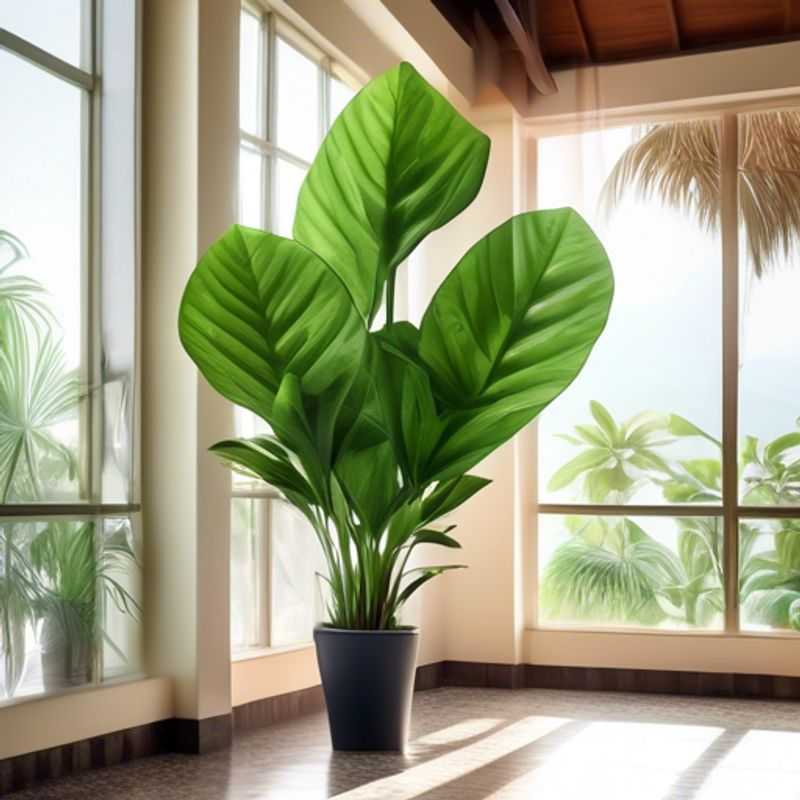
Planning for Growth: How to Consider Plant Size at Maturity
When planning your garden, it's crucial to consider the mature size of your plants. This means understanding how big they will grow, both in height and width, before you choose where to plant them.
Why is this so important? Imagine planting a small tree close to your house. If you don't account for its future growth, it could end up overshadowing your windows or even damaging your foundation. The same concept applies to any plant, whether it's a small shrub or a towering sunflower.
How do you find out the mature size? Most plant tags or online descriptions will provide you with this information. You can also ask local nurseries or gardening experts. Once you know the mature size, you can select a location that will accommodate the plant's full potential, leaving enough space for it to grow and thrive.
Remember, this is just a general guideline. Some plants may grow slightly larger or smaller depending on their environment and care. It's always a good idea to check with local resources for specific information on the plants you're interested in.
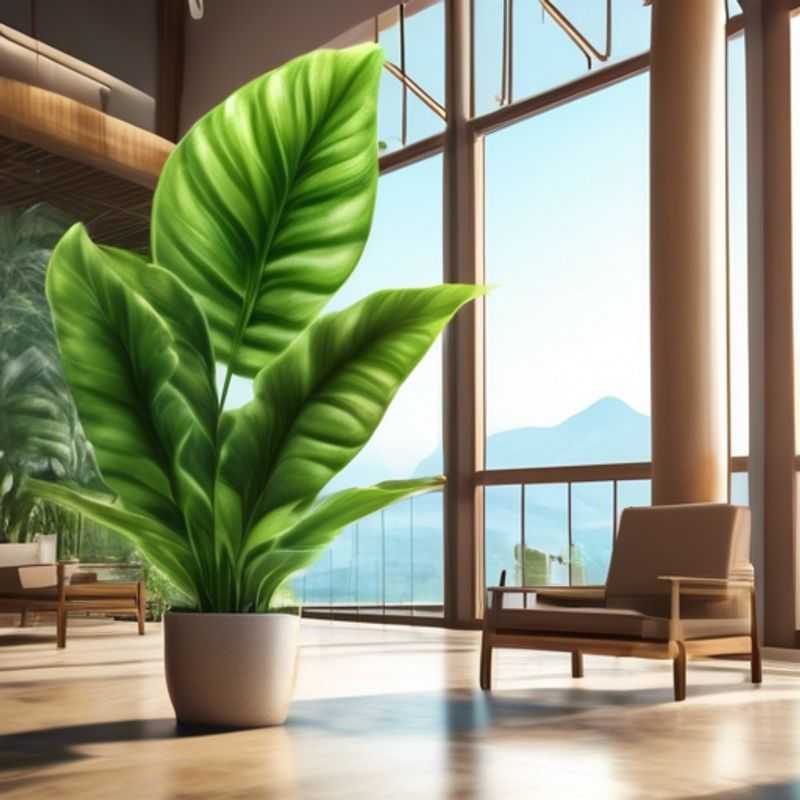
Green Thumbs Up: Matching Plants to Your Home Environment
Choosing the right plant for your home is crucial for its success. Before bringing a new plant home, consider the environmental conditions your home offers. Factors like light levels, temperature, and humidity play a significant role in a plant's well-being.
Light is a key factor. Plants need varying amounts of light to thrive. Assess the amount of sunlight each area of your home receives throughout the day. A sunny south-facing window offers ample light, while a north-facing window provides less. Choose plants that match the light conditions in your chosen location.
Temperature is equally important. Some plants prefer warmer temperatures, while others thrive in cooler environments. Consider the average temperature in your home and select plants that can tolerate these conditions. Similarly, humidity can impact a plant's health. If your home has dry air, select plants adapted to those conditions.
Learn about the plant's specific needs. Research the plant's requirements for watering, soil, and fertilization. Knowing these needs helps ensure proper care, promoting the plant's health and longevity. You can find information on plant care guides, online resources, or from local nurseries.
Consider the plant's size and growth potential. Choose a plant that fits well within your space and doesn't outgrow its designated area. Consider the plant's mature size and growth habits to avoid overcrowding or needing frequent repotting.
Remember, a healthy plant is a happy plant. By understanding the plant's needs and matching them with your home's environment, you can create a thriving green oasis within your own space. Enjoy the beauty and benefits of indoor plants, but ensure you provide the right conditions for their success.
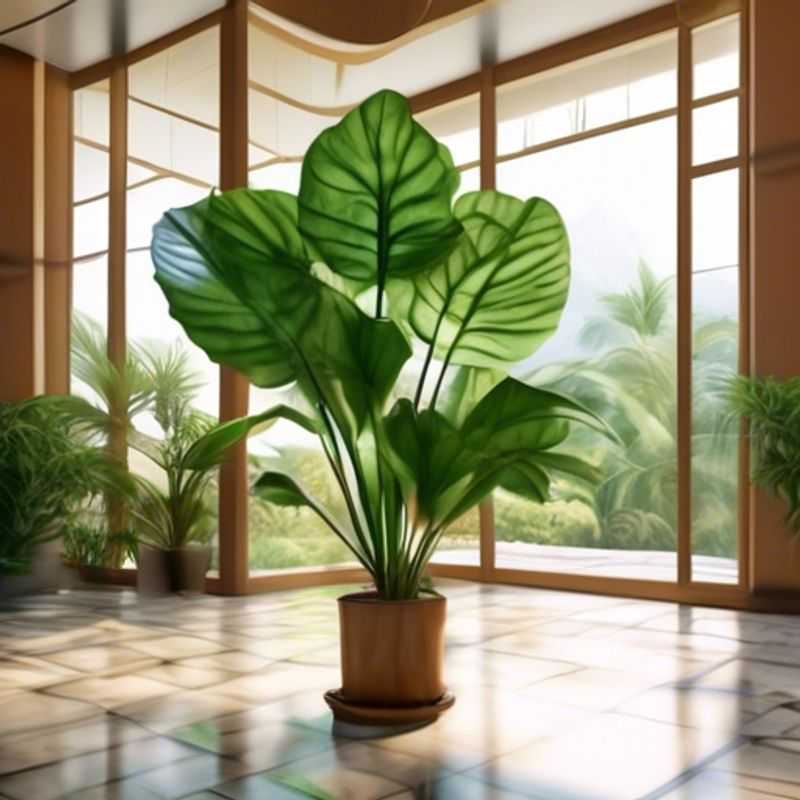
Unveiling the Secrets of Plant Humidity Preferences: A Guide to Thriving Greens
Humidity plays a crucial role in the health and growth of plants. Understanding a plant's humidity preferences is essential for providing the optimal growing environment. Here's a quick guide to help you navigate this important aspect of plant care:
High Humidity Lovers: These plants thrive in humid environments, mimicking their natural tropical habitats. They typically require humidity levels above 50%, and some even prefer 70% or higher. Examples include ferns, orchids, peace lilies, and philodendrons.
Medium Humidity Lovers: These plants are adaptable and tolerate a range of humidity levels, making them great options for beginners. They generally thrive in environments with 40-60% humidity. Some popular examples include snake plants, ZZ plants, and succulents.
Low Humidity Lovers: These plants prefer drier environments and can even tolerate low humidity conditions. They are well-suited for homes with low humidity levels, often found in deserts or arid regions. Examples include cacti, succulents, and aloe vera.
Creating Humidity: You can increase humidity for your plants by using a humidifier, grouping plants together, or placing them on trays filled with pebbles and water. Misting can help temporarily, but it's not a long-term solution.
Monitoring Humidity: A hygrometer is a handy tool for measuring humidity levels in your home. You can adjust your watering habits and humidity-enhancing techniques based on the readings.
Important Note: When researching a specific plant's humidity needs, consult reliable sources and consider its natural habitat. Remember, providing the right humidity is essential for keeping your plants healthy and vibrant.
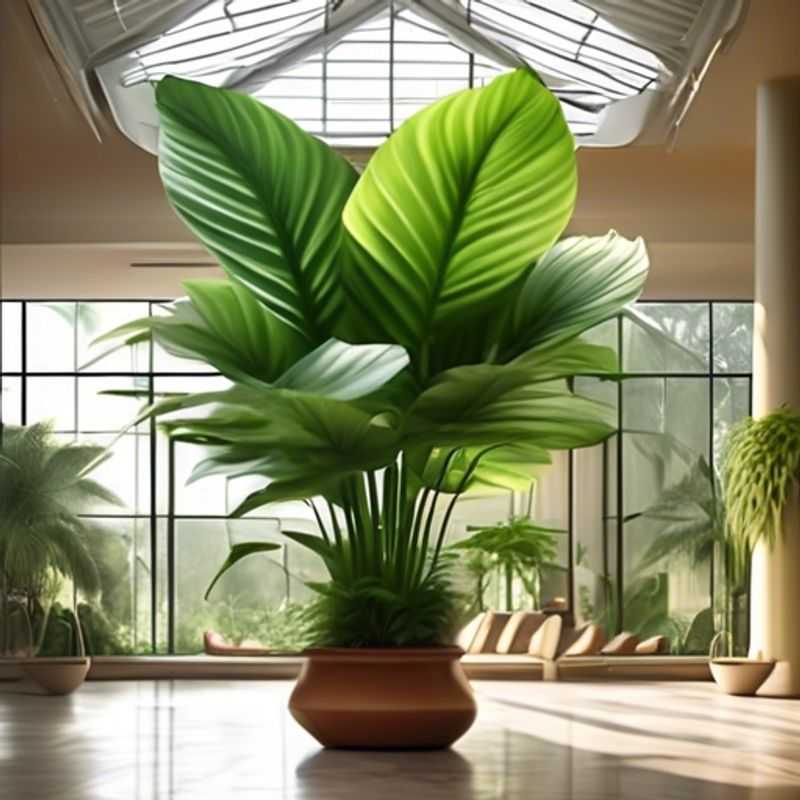
Digging Deeper: Uncovering Your Plants' Soil Preferences
Understanding a plant's soil requirements is crucial for its health and growth. Soil provides essential nutrients, water, and support for plants. Different plants have different needs, so it's vital to choose the right soil for your specific plant.
First, consider the pH of the soil. pH measures acidity or alkalinity, and each plant has a preferred range. Most plants thrive in a slightly acidic to neutral pH range (6.0-7.0), but some prefer acidic soils (like blueberries) or alkaline soils (like roses). You can test your soil's pH using a home kit or sending a sample to a laboratory.
Next, consider the soil's texture. This refers to the size of soil particles. Sandy soil drains quickly, while clay soil holds water and nutrients. Loam is a well-balanced mix of sand, silt, and clay, providing good drainage and nutrient retention. The ideal soil texture depends on the plant's water requirements.
Finally, evaluate the soil's nutrient content. Plants need essential nutrients, such as nitrogen (N), phosphorus (P), and potassium (K), for healthy growth. You can determine the soil's nutrient content using a soil test. Based on the results, you can amend the soil with fertilizers or organic matter to provide the necessary nutrients.
Remember, these are just basic guidelines. For specific information on a plant's soil requirements, consult a reputable gardening resource or your local nursery.
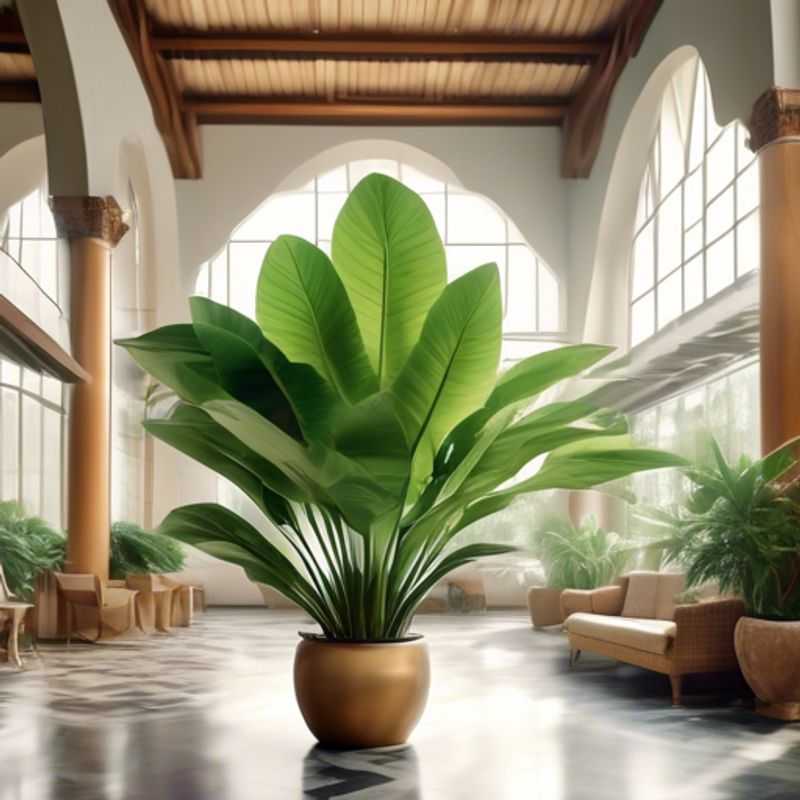
A Keen Eye for Health: Inspecting Plants for Pests and Diseases Before Purchase
Before bringing a new plant home, it's crucial to inspect it thoroughly for pests or diseases. This simple step can prevent infestations or outbreaks in your existing plant collection.
Look for visible signs of pests, such as:
- Tiny insects crawling or flying around the plant
- Webbing or sticky residues on leaves or stems
- Discoloration, holes, or wilting in leaves
Inspect the plant for disease symptoms, including:
- Yellowing, browning, or drooping leaves
- Spots, lesions, or mold growth on leaves or stems
- Root rot or fungal growth around the base of the plant
If you notice any signs of pests or diseases, it's best to avoid purchasing the plant. If you're unsure, ask the retailer for help. Purchasing a healthy plant will save you time, effort, and potential heartache in the long run.
